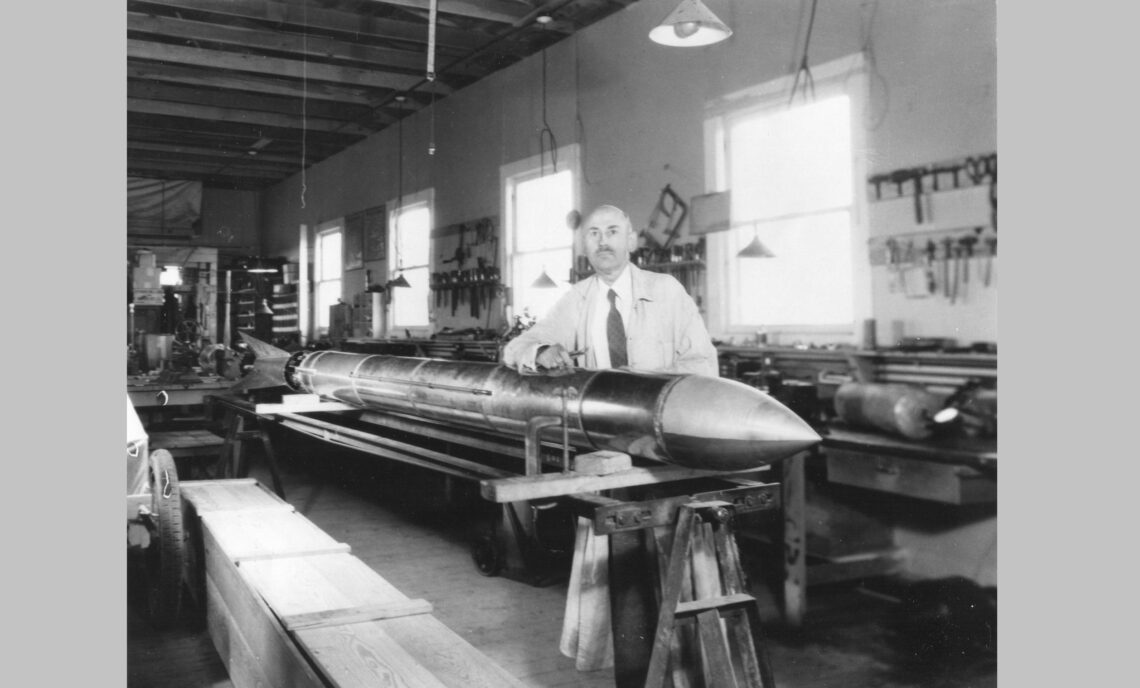On the ninth fairway at the Pakachoag Golf Course in Auburn, Massachusetts, lies a small granite obelisk commemorating the dawn of the space age.
It was there, on March 16, 1926, that Robert Goddard carried out the first successful launch of a liquid-fueled rocket: a 10 foot cylinder that flew for just two and half seconds to an altitude of 41 feet before plummeting to the surrounding farmland.
But the pioneering achievement was the culmination of decades of experimentation that began when Goddard started tinkering with kites, balloons, and eventually chemical compounds. His early fascination was further fueled by a telescope and subscription to Scientific American, thanks to his father.
As the centennial of the launch approaches, that childhood exposure to the wonders of science and discovery crystalizes the acute challenge we now face in captivating and nurturing a new generation of pioneers who can outpace other spacefaring nations, some of them our adversaries.
Yet it also offers a unique opportunity to marshal, from across the nation and from all backgrounds, more of the young people we will need to realize the promise of a cislunar economy and humanity’s off-world future. We can ignite that new generation of tinkerers on a grander scale, with a nationwide contest involving students in all 50 states to design and build small satellite prototypes to commemorate Goddard’s achievement. The approaching centennial is just what we need to fuel a new generation of space pioneers.
“The space industry is at a pivotal moment,” states Space Workforce 2030, a consortium of space companies organized by the government-funded Aerospace Corporation. “With rapid growth across all sectors, we need a strong, vibrant, and inclusive workforce to stay at the cutting edge of innovation.”
The good news is that private space employment is on the rise. The nonprofit Space Foundation reported a 3.4% rate of growth in the first half of…
Read the full article here

